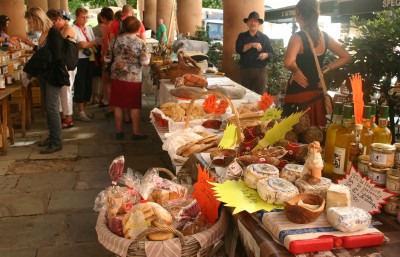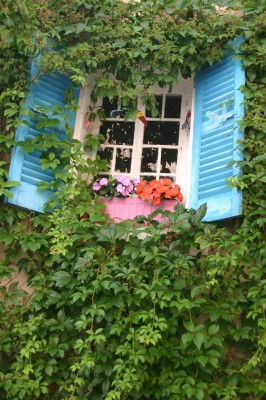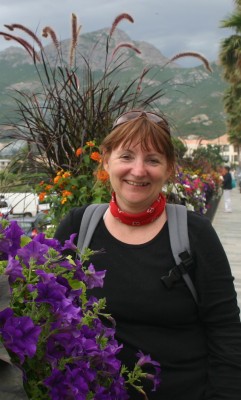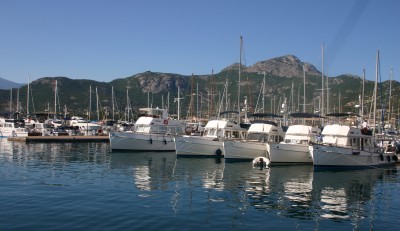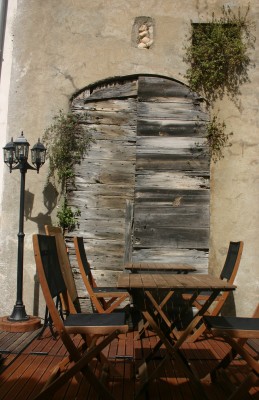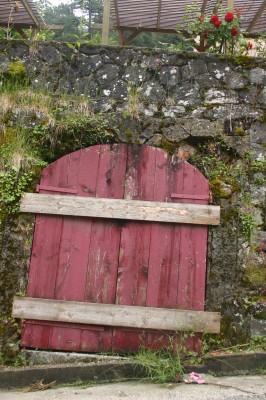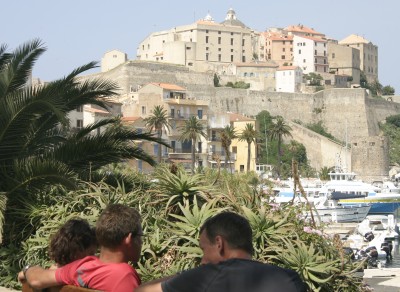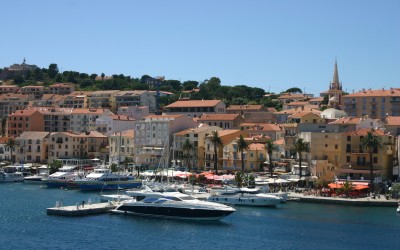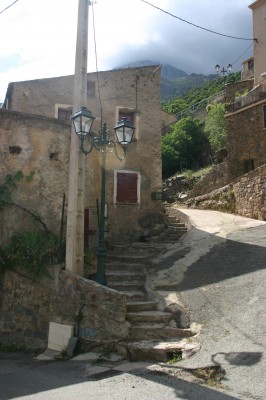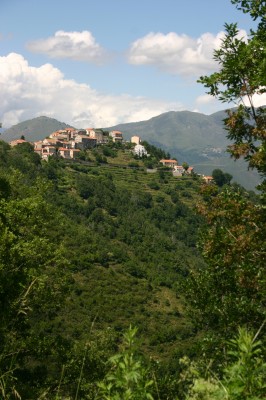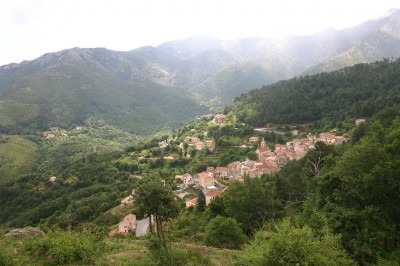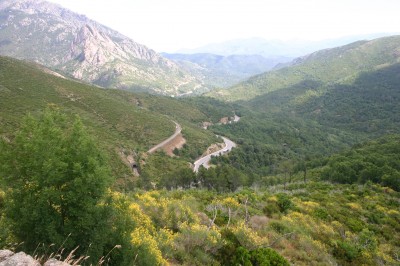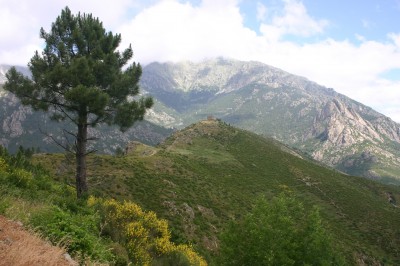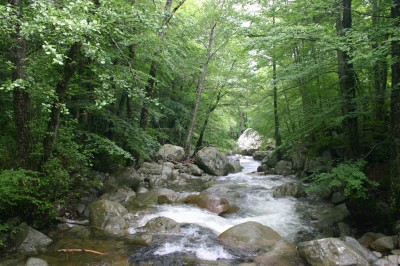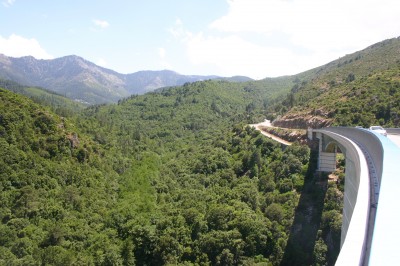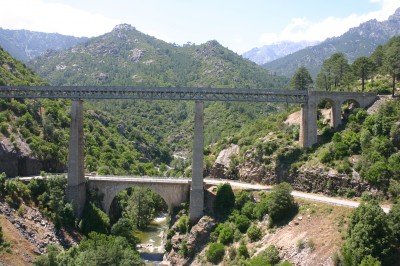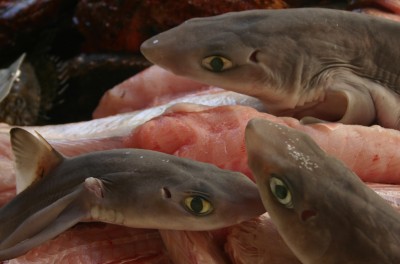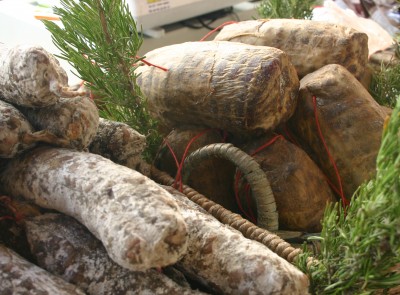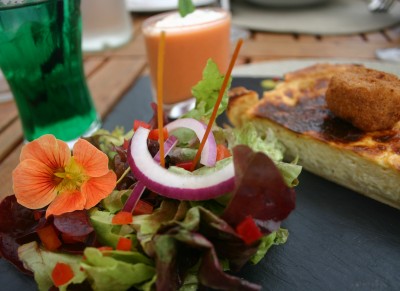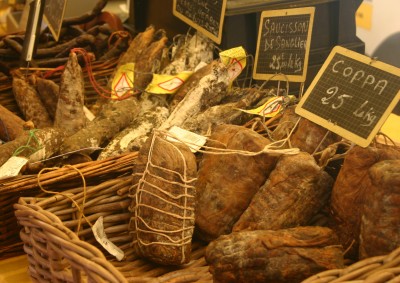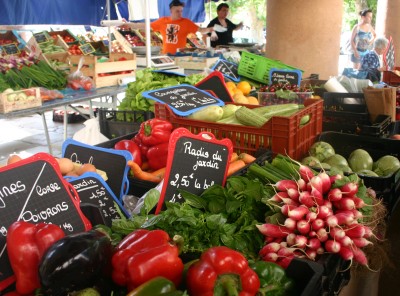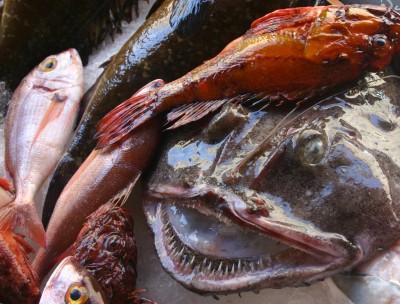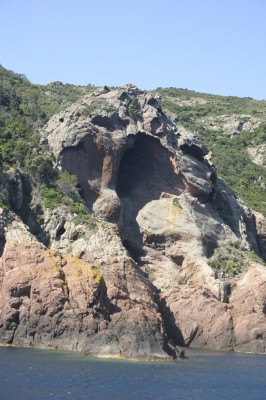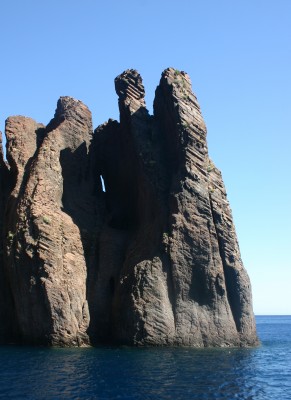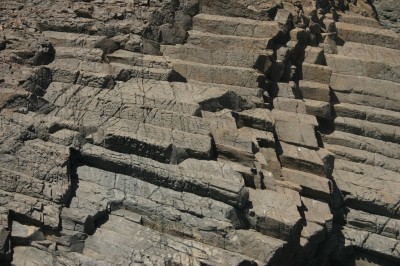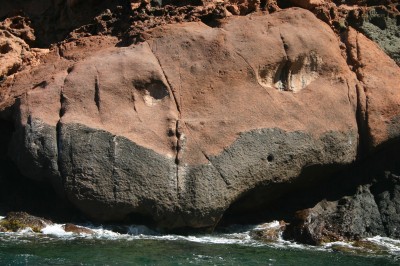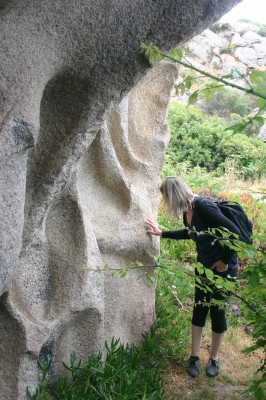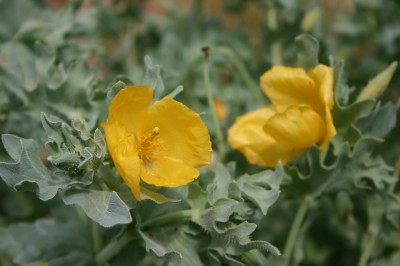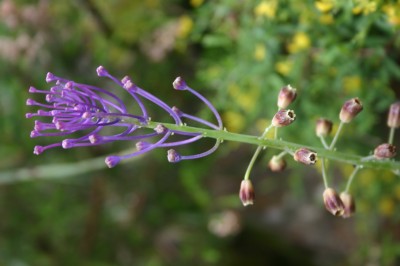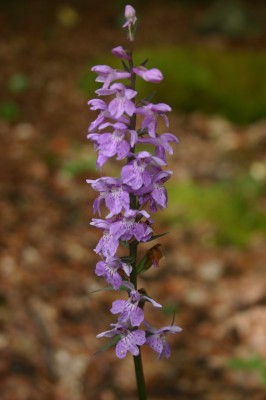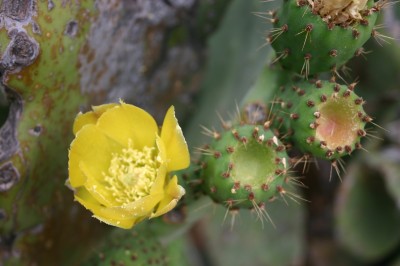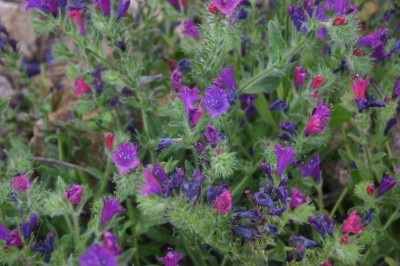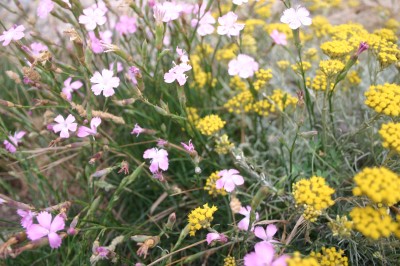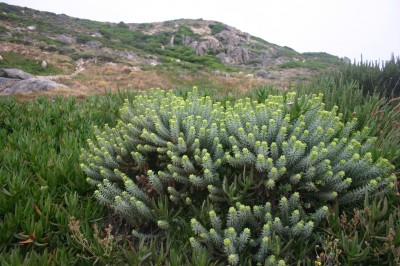There is a certain feel to the Mediterranean area. The clear, blue skies, the clear, turquoise water, the colourful bougainvillea tumbling from windowsills, the tiny cafés and restaurants, the narrow streets, the wonderful food made from fresh, home grown produce, the picturesque fishing boats, and the sand between your toes. For me, these usually combine with a holiday sense of joie de vivre, adventure, relaxation and curiosity to make every vacation great. Corsica is superb.
A stay in the smallish Cote d’Azur-like town of Calvi makes for good opportunities to explore the coast as well as the interior by train or by car (especially enjoyable if you are up to exciting and sometimes hair-raising mountain driving). A clackety-clack train trip to the smaller and pretty town of Ile Rousse with its pink rocks, Genoese tower (one of about 80 dotting the coast) and lively, covered food market is a fun way to spend a day.
Snorkelling in the coastal waters has opened up a whole new world for me. This underwater sightseeing is so much fun for a water loving person like me. I can’t imagine why I never really did it before. Although fish are not nearly as exciting to me as mammals, it is fascinating to be a part of the aquatic environment instead of just a passive bystander looking into an aquarium or through the glass bottom of a boat. I think an underwater camera and a ticket to the Red Sea or some other great snorkelling place will be on my next wish list!

